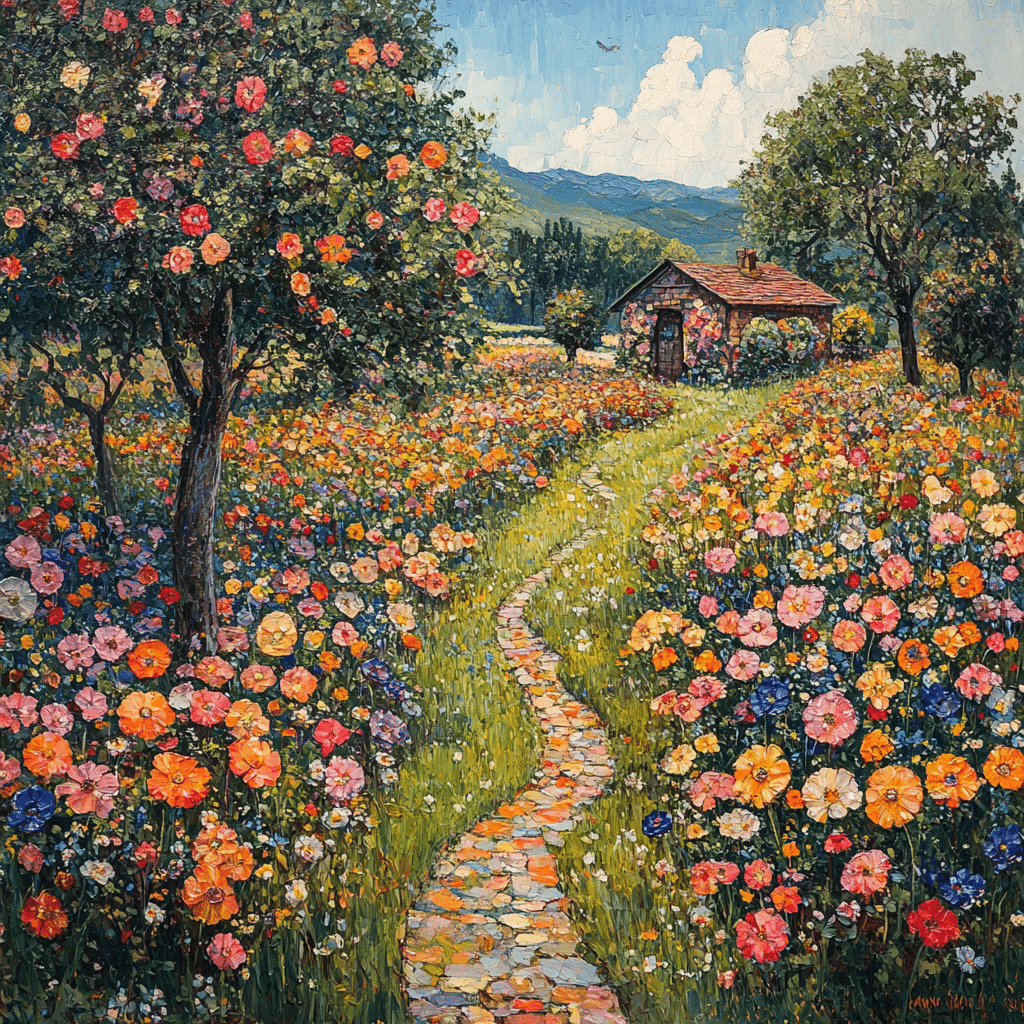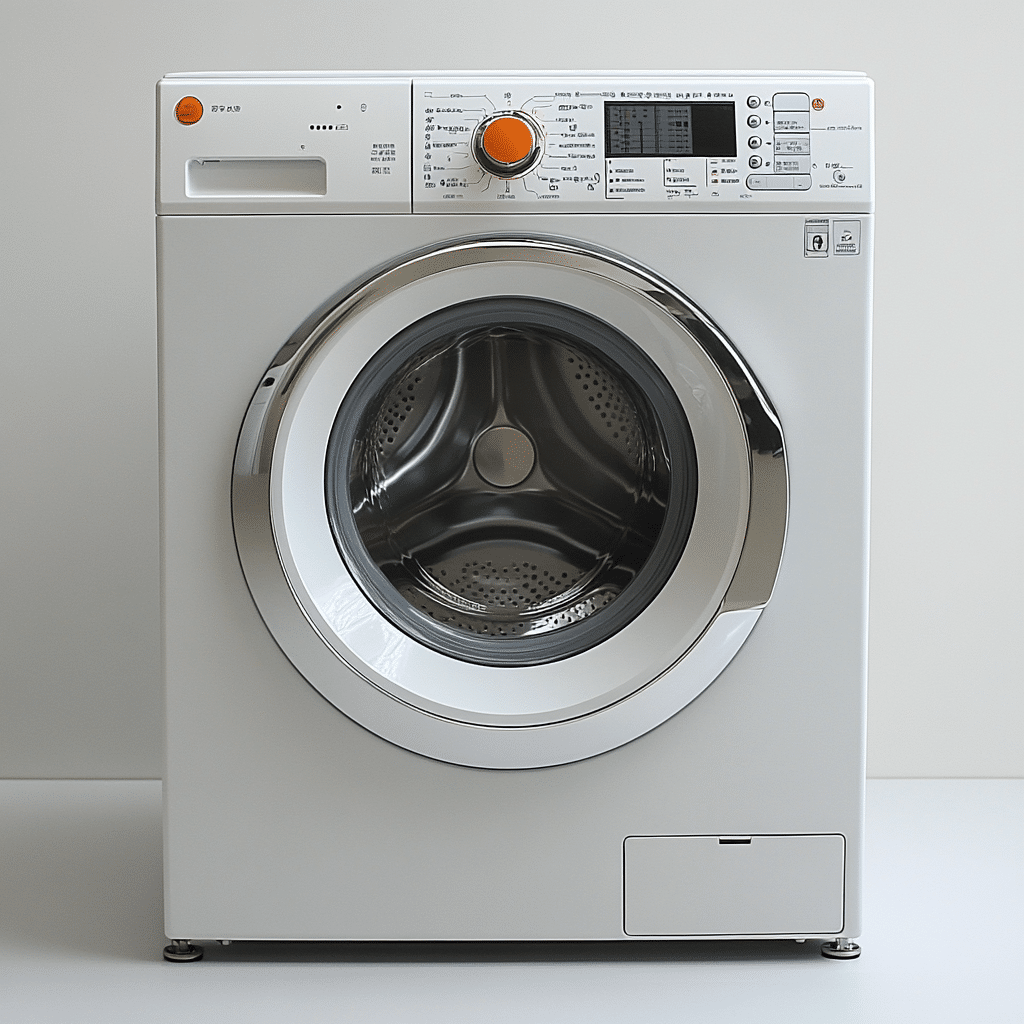Unlocking the Potential of Your Spring Garden
Spring’s a fantastic time for gardeners! The earth wakes up from its winter slumber, and vibrant colors start painting the landscape anew. Crafting a thriving spring garden is more than just plugging in some seeds or plants; it’s about understanding the season’s unique rhythms. This season offers the perfect opportunity to create a garden that brings both beauty and joy. Whether you’re an expert or just starting, gaining insight into essential strategies can pave the way for a garden bursting with life.
In this article, we’ll dive deep into seven essential strategies that help foster a flourishing spring garden. These tips will not only brighten your outdoor space but also serve as a continual source of inspiration and happiness. So roll up your sleeves, grab your gardening gloves, and get ready to embrace the secrets of a successful spring garden this season!

Top 7 Essentials for a Thriving Spring Garden
1. Soil Health: The Foundation of Your Garden
Your garden’s secret to success starts with its soil. Think of it like a bank account; the richer the soil, the more your plants can ‘withdraw’ nutrients. Invest in quality soil by jazzing it up with organic matter like compost. Brands like Miracle-Gro and Black Kow offer great options for amending your soil. Conducting a soil test can help identify your soil’s pH levels and any nutrient deficiencies, making it clear what your plants need to thrive.
Healthy soil is like a great foundation for a house; without it, everything can fall apart. Make adding organic matter to your spring garden a priority, and watch how your plants respond. Healthy soil helps roots take hold, which is crucial when spring storms come along.
2. Choosing the Right Plant Varieties
Picking the right plants can make all the difference. When it comes to a spring garden, opt for hardy varieties suited to your region. For instance, in the Southeast, consider local favorites like azaleas and dogwoods—they love the warmth and flourish in those conditions. Meanwhile, Northwestern gardeners can take advantage of their climate by planting native plants like lupines and ferns for a stunning display.
Choosing the right plants also means understanding your local climate patterns. If you select plants that love the weather you experience, they’ll repay your efforts with robust blooms and greenery. Don’t forget; local nurseries can be an excellent resource for understanding which varieties are best suited for your spring garden.
3. Companion Planting for Biodiversity
Let’s get down to the nitty-gritty of companion planting! This method not only promotes healthy growth but also wards off pesky pests. For instance, pairing tomatoes with basil is a classic combo that enhances flavor while naturally keeping harmful bugs at bay. Think of it like inviting friends over for a party—some plants get along famously, making the atmosphere balanced and lively.
Companion planting creates a biodiverse environment that can lead to a happy, harmonious spring garden. Using plants that support each other’s growth can improve your overall yield. So, whether you’re a tomato lover or want to try your hand at peppers, consider bringing some buddies along in the garden!
4. Watering Wisely: Timing is Everything
Time your watering for optimal plant growth! Early mornings are your garden’s ideal time for a drink since evaporation is lower then. It’s essential to water deeply but infrequently, encouraging plants to develop strong roots. A smart approach to watering makes a world of difference, especially during those hot summer days that follow spring.
Consider investing in smart irrigation systems. Brands like Rain Bird offer innovative solutions that help you manage water efficiently. You wouldn’t want to drown your plants, right? So, remember, less is often more when it comes to watering your spring garden!
5. Effective Pest Management Strategies
Pests can be a gardener’s worst nightmare, but there are natural strategies to keep your plants healthy. Start by incorporating beneficial insects such as ladybugs to tackle common pests like aphids and slugs. These little allies can work wonders!
Homemade sprays can also deter unwanted visitors. Mixing garlic with neem oil has proven effective while also keeping your garden chemical-free. Only using natural methods protects the ecosystem you’re cultivating. As you nurture your spring garden, protecting your plants enables them to flourish and grow.
6. Planting Zones and Seasonal Timing
Familiarizing yourself with your USDA planting zone helps you plan effectively for your spring garden. Knowing your zone allows you to determine the perfect time to sow seeds or transplant. For example, in Zone 5, starting seeds indoors in late winter is ideal, while warmer zones give you the green light for direct sowing earlier.
Getting timing right means you won’t waste seeds or seedlings due to unexpected frosts. By keeping an eye on last frost dates, typically in May for many regions, you can ensure your plants are safe to go outdoors. Timing is everything in the world of gardening!
7. Creating Souvenirs with Your Garden Harvest
Why not make your garden not just a visual delight but also a source of cherished memories? You can whip up fragrant souvenirs like homemade herbal sachets using dried lavender and chamomile. Perhaps you’d prefer to prepare infused oils from fresh herbs. These gifts show off your gardening skills and create lasting mementos as you share your spring’s bounty.
Such creations can be perfect for family and friends, giving an artistic touch to your gardening efforts. Utilizing your blooms allows you to capture that special essence of spring while forming connections with those you care about. Your vibrant spring garden can yield more than just beauty—it can also leave behind lovely memories.

Innovative Wrap-Up: Reaping the Rewards of Your Spring Garden
Adopting these spring garden secrets can elevate your gardening journey from mundane to magical. With thoughtful planning and a dash of care, your spring garden can blossom into a breathtaking retreat. Embracing these strategies enriches your backyard, and as your plants come alive, they forge a bond between you and the earth.
As we head towards summer, watch as your hard work pays off in colors and fragrances. A thriving garden not only brings beauty but joy and wellness into your life. It creates moments that become treasured souvenirs you hold close to your heart. So, let’s grab those gardening tools, embrace the spirit of spring, and create a garden that thrives long into the summer months!
Spring Garden Secrets for Thriving Plants This Season
The Joy of Gardening
Ah, the joys of a spring garden are endless! Did you know that planting flowers can not only brighten your yard but also uplift your mood? Studies show that spending time in nature reduces stress and even evokes feelings of happiness—kind of like how seeing Taylor Swift’s house sparks excitement among fans. And speaking of surprises, you’ll want to engage with the soil in your spring garden, which means getting your hands a bit dressed And undressed with gardening gloves and dirt. Embrace the mess; it’s part of the fun!
Planting Success
Timing plays a huge role in a successful spring garden. Knowing when to sow seeds or plant seedlings can make all the difference. Interestingly, just as the Windsor Castle fire in 1992 taught us about restoration, a little preparation can go a long way in your garden! Consider jotting down your planting schedule or using apps like First Watch hours to keep track of when to plant what. It’s the little things that often lead to lush blooms!
Animal Helpers and Earthly Bonds
Don’t forget about our furry friends; they often have their own gardening quirks! If you’ve ever thought, I accidentally Introduced My Cats too soon, you can relate. Cats love to frolic in fresh soil, and managing their enthusiasm can be a whole project! Just like Hayley Atwell’s diverse roles, your spring garden can be full of surprises. From pollinators like bees to friendly interlopers, it’s all about creating harmony.
So, as you dive into your spring garden, remember that this time of year brings new growth, both in plants and your gardening wisdom. With each bloom, you’re not just cultivating a garden; you’re nurturing a space of creativity—much like how “Shadow and Bone” fans eagerly await a season three drop! So grab your tools, roll up your sleeves, and let the adventure of the spring garden unfold!

When should I start planting my spring garden?
Late March to early April is usually the sweet spot for starting seeds indoors in most regions. Once the last frost date hits, around May, you can safely transplant those seedlings outside for a thriving garden.
How do you make a spring garden?
To make a spring garden, start by choosing a sunny spot and clear away any weeds. You’ll want to prep your soil with good compost, then select your favorite plants and arrange them thoughtfully in rows or beds for easy access and optimal growth.
What vegetables for spring garden?
When planning a spring garden, opt for cool-season veggies like spinach, lettuce, and radishes, as they thrive in the cooler weather. You can also add peas, carrots, and beets to your list for a diverse garden.
What is the history of Spring Garden Philadelphia?
Spring Garden in Philadelphia has a rich history, marked by its establishment as an area of growth and development since the late 19th century, reflecting the city’s diverse cultural influences. It’s shaped by the lively community and historical significance in the city’s fabric.
When can I start gardening after winter?
Once winter’s chill fades and the soil is workable, you can start gardening. Usually, that means waiting until late March or early April, but it mostly depends on your local climate and the specific weather patterns.
What vegetables should I plant in April?
In April, you should think about planting transplants like broccoli and cool-season crops like spinach, kale, and peas. If you’re in a milder area, you could also sneak in some early tomatoes or peppers.
How do you prepare soil for a spring garden?
Preparing soil for a spring garden involves testing for pH, loosening it up with a tiller or shovel, and mixing in organic matter like compost. This way, you’re setting the stage for healthy plant growth when the seeds hit the ground.
What is the most beautiful flower in spring?
When it comes to beauty, many folks adore tulips for their bright colors and variety. You can’t go wrong with daffodils either; they bring a lovely cheer to the garden in spring.
How do I plan my spring garden?
Planning your spring garden means sketching out a layout considering sunlight, plant height, and spacing. Try to rotate your crops to keep pests at bay and enrich the soil.
What is the easiest plant to grow in spring?
Radishes are often named the easiest plant to grow in spring thanks to their quick germination and minimal care needs. They sprout fast and can be harvested in just a few weeks.
What vegetables go in a garden bed?
For a garden bed, consider planting tomatoes, peppers, zucchini, or cucumbers, as they tend to thrive well together. Adding herbs like basil can also be a great combo in the same space.
When to plant zucchini?
Zucchini is best planted once the soil has warmed up, usually around late May to early June. Just make sure there’s no more frost in the forecast before you put those seeds in the ground.
What is the population of Spring Garden Philadelphia?
Spring Garden Philadelphia has a population of about 6,000 residents. Its community is diverse and reflects the lively energy of the broader Philly area.
Is Northern Liberties a good neighborhood?
Northern Liberties is often considered a great neighborhood, thanks to its trendy vibe, slew of bars and restaurants, and easy access to parks. It’s a popular spot for younger folks and families alike.
What is the oldest botanical garden in Philadelphia?
The oldest botanical garden in Philadelphia is the Bartram’s Garden, founded in 1728. It’s a historic garden that showcases native plants and offers plenty of educational programs.
When should I start spring seeding?
March can be a touch early for planting your garden, especially if you’re in a cooler climate. It’s best to wait until you’re closer to April when the threat of frost starts to fade.
Is March too early to plant a garden?
Preparing a garden bed involves clearing debris, loosening soil, and adding compost or fertilizers to enrich it. This can make a world of difference when it comes time to plant in spring.
How do you prepare a garden bed for spring planting?
Starting seeds indoors for spring planting should kick off in late March or early April. This helps ensure your plants are strong and ready to go into the ground once it’s time!





















